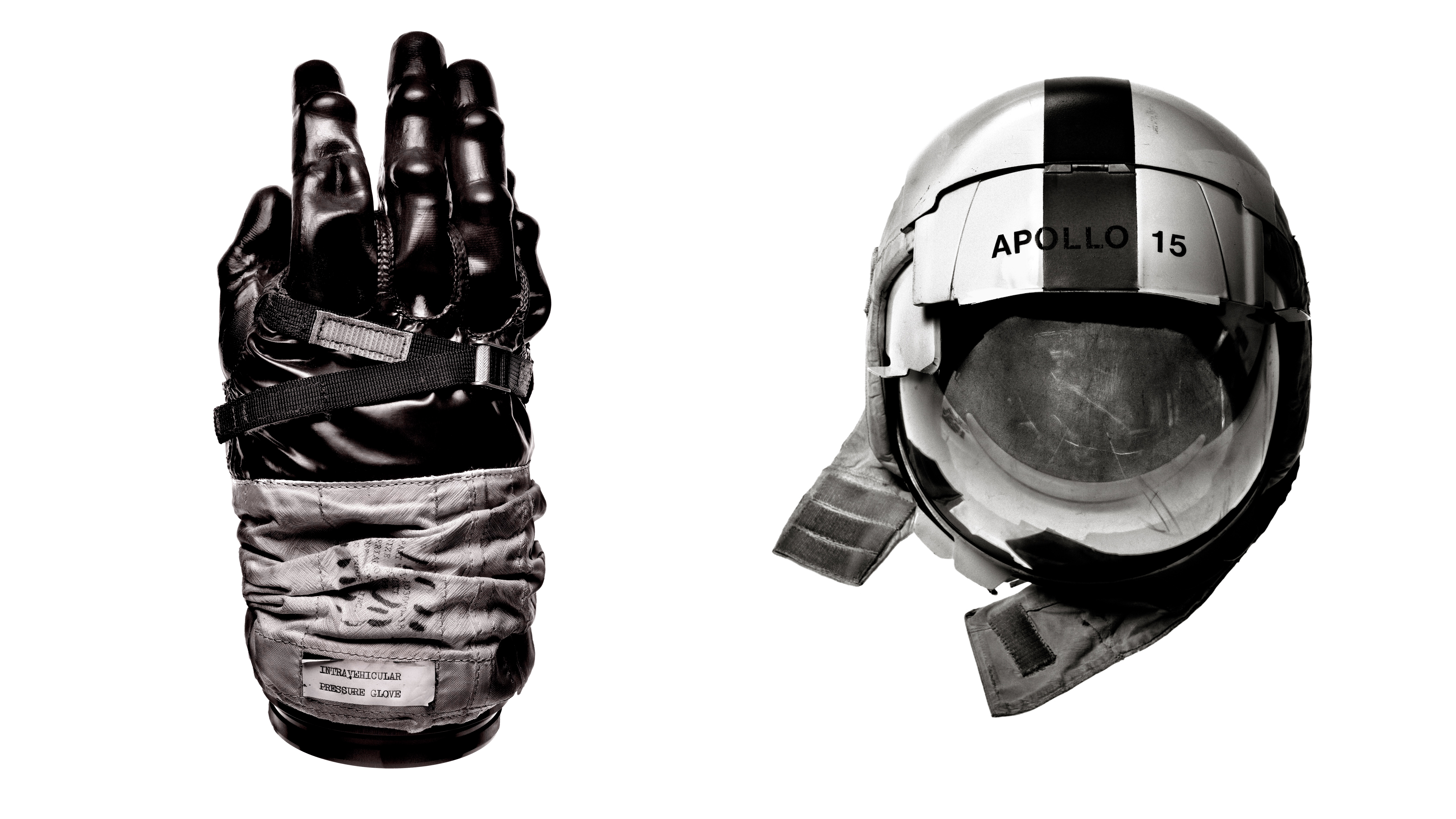Sony A6700 vs A6600
The Sony A6700 is the company's new flagship APS-C camera, but how does it compare to the A6600, the camera it replaces?
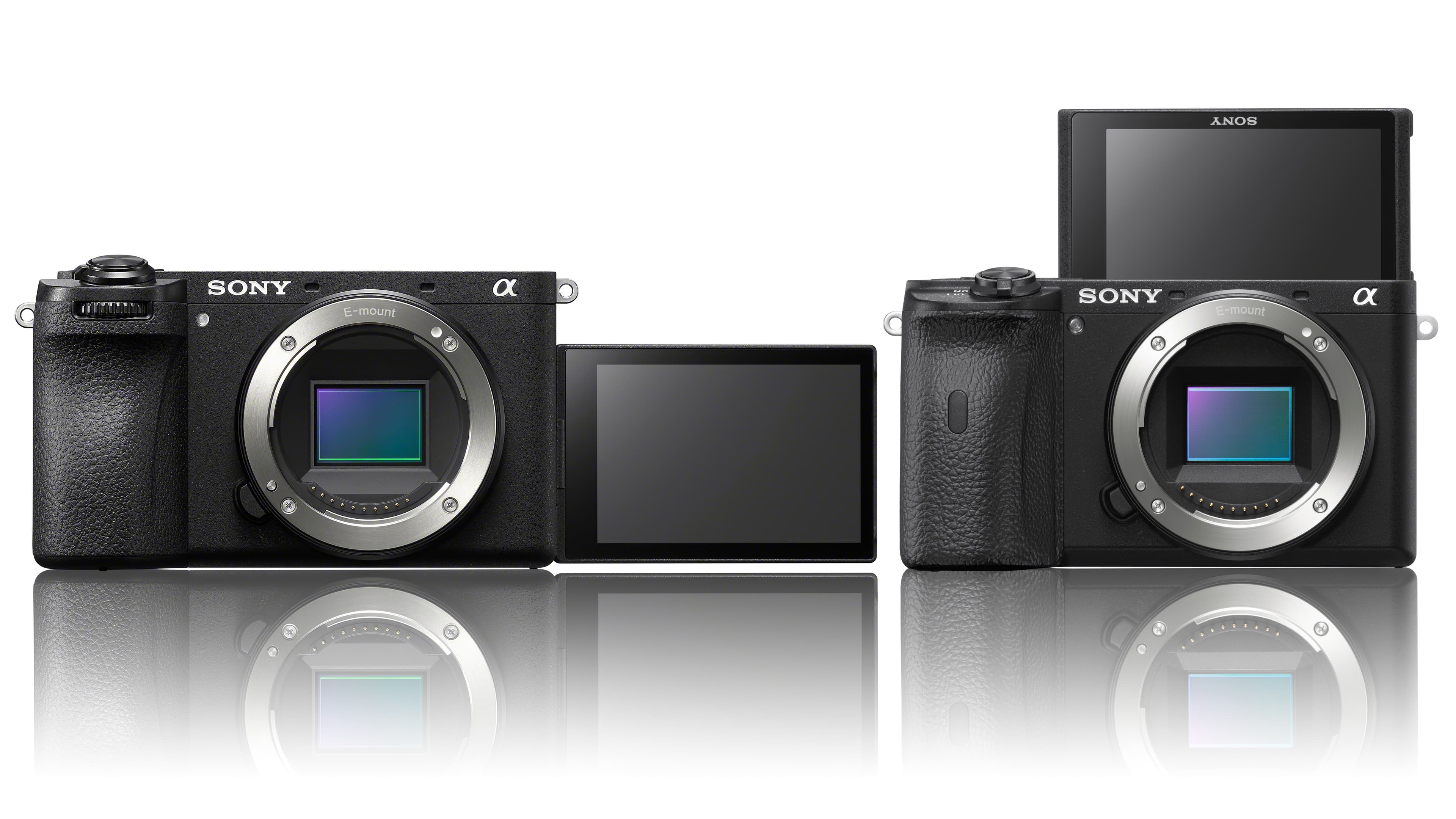
Ever since the launch of the Sony FX30 with its new 26-megapixel sensor, we've been wondering when this sensor would make it into Sony's mainstream APS-C mirrorless camera range. And with the arrival of the A6700, we have our answer.
But is it just 2 million pixels that separates the Sony A6700 from the 24-megapixel A6600 it replaces? Our in-depth Sony A6700 vs A6600 comparison shows that there's a lot more to this new mirrorless camera than a couple of megapixels extra.
As is so often the case with modern camera development, Sony's new camera targets the growing hybrid content creation market, with improved video features and capabilities taking center stage and only modest developments for stills photographers – though Sony does make continued advances in autofocus technology that will benefit stills photographers too.
It's clear straight away that the A6700 will be among the best hybrid cameras you can get right now. It might not match the best cinema cameras for design and features, including its closely related stablemate the Sony FX30, but many solo shooters might figure its price, multiple uses, and good lens lineup could make it the best camera for filmmaking, or perhaps the best camera for vlogging.
The dilemma for many potential buyers is that the old A6600, a powerful camera in its own right, is now a great deal cheaper than it used to be – and a great deal cheaper than the A6700 that replaces it. For videographers, the choice may appear pretty straightforward, but for stills photographers it's not so simple.
Sony A6700 vs A6600 in 2025
Why you can trust Digital Camera World
1. Sensor/processor
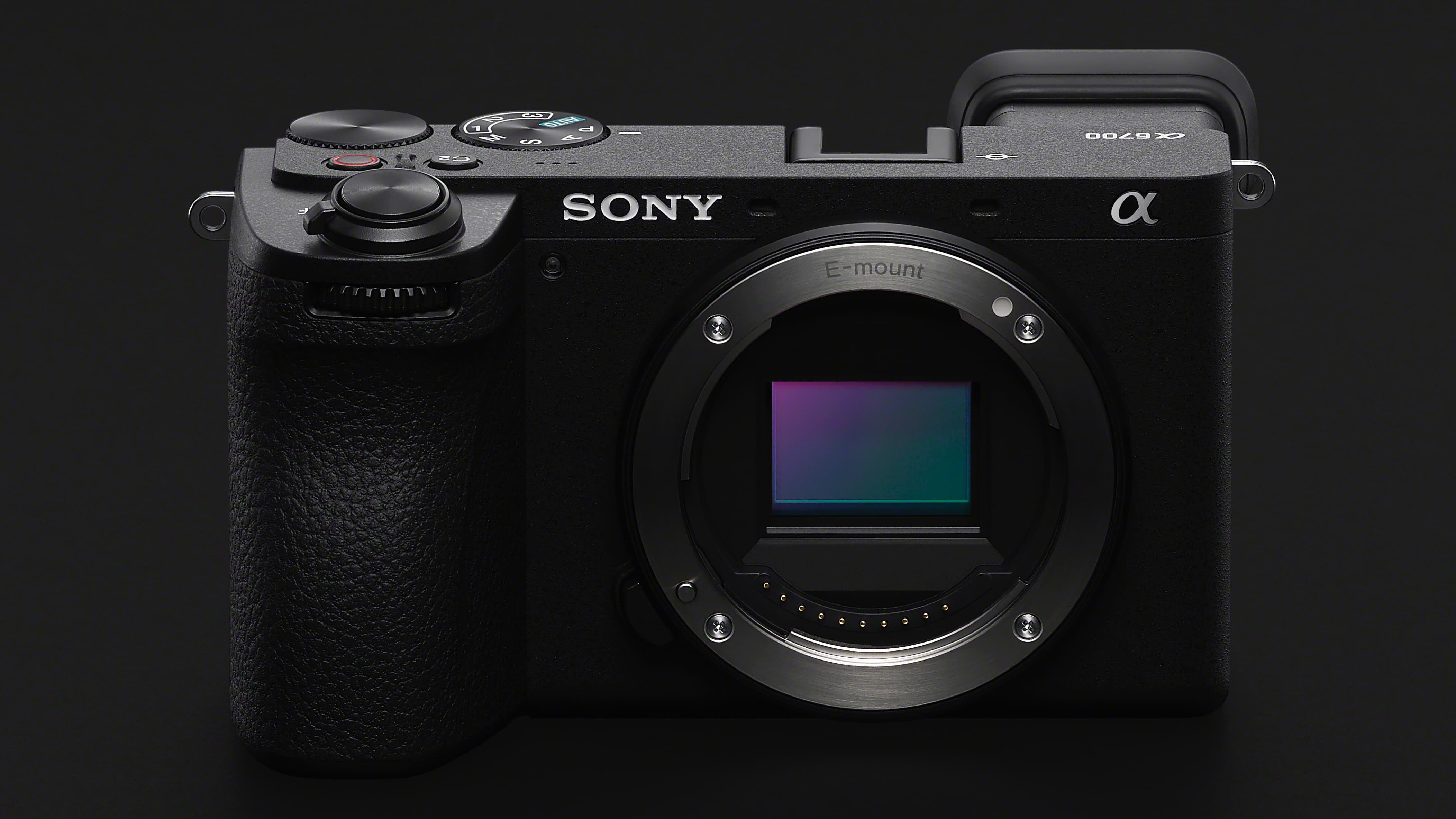
• Sony A6700: 26MP APS-C back-illuminated Exmor R CMOS, BIONZ XR
• Sony A6600: 24MP APS-C Exmor CMOS, BIONZ X
It's true that the A6700 boasts a new-generation 26MP sensor which delivers a small advantage over the 24MP sensor in the A6600, but how much is that worth? For stills photography, it's a very marginal gain. For video, there's probably more significance in the A6700's greater processing power and video features than there is in the small resolution improvement. The increase in resolution is, to be honest, the least of it.
2. ISO range
• Sony A6700: 100 to 32000 standard range, exp ISO 50-102400 for stills
• Sony A6600: 100 to 32000 standard range, exp ISO 50-102400 for stills
The advantages of the 26MP sensor in the A6700 are not really any more apparent when you compare the ISO ranges of these two cameras, which are identical. The published ISO range does not give you any indication of the image quality you can expect at high ISOs, of course, but perhaps one conclusion we can draw from these figures is that Sony does not expect the higher resolution of the A6700 sensor to be a disadvantage.
3. Autofocus
• Sony A6700: Still images: Max. 759 points (phase-detection AF) Movies: Max. 495 points (phase-detection AF), AI processing unit from A7R V, uman, animal, bird, insect, car/train, and airplane recognition for both stills and video
• Sony A6600: Still images: 425 points (phase-detection AF)
Sony's autofocus systems have a reputation for leading the rest, and the AI subject recognition and the sheer number of AF points in the A6700 do give it a clear advantage over the A6600, a much older camera. Will this be significant? It will depend on how much trust you place in AF AF and how much you need this kind of subject recognition. For some photographers it might prove a game-changer; for others, it might be gilding the lily. Which is another way of saying that for some photographers Sony may be trying to improve on an AF system that is already powerful and complex enough.
4. Video
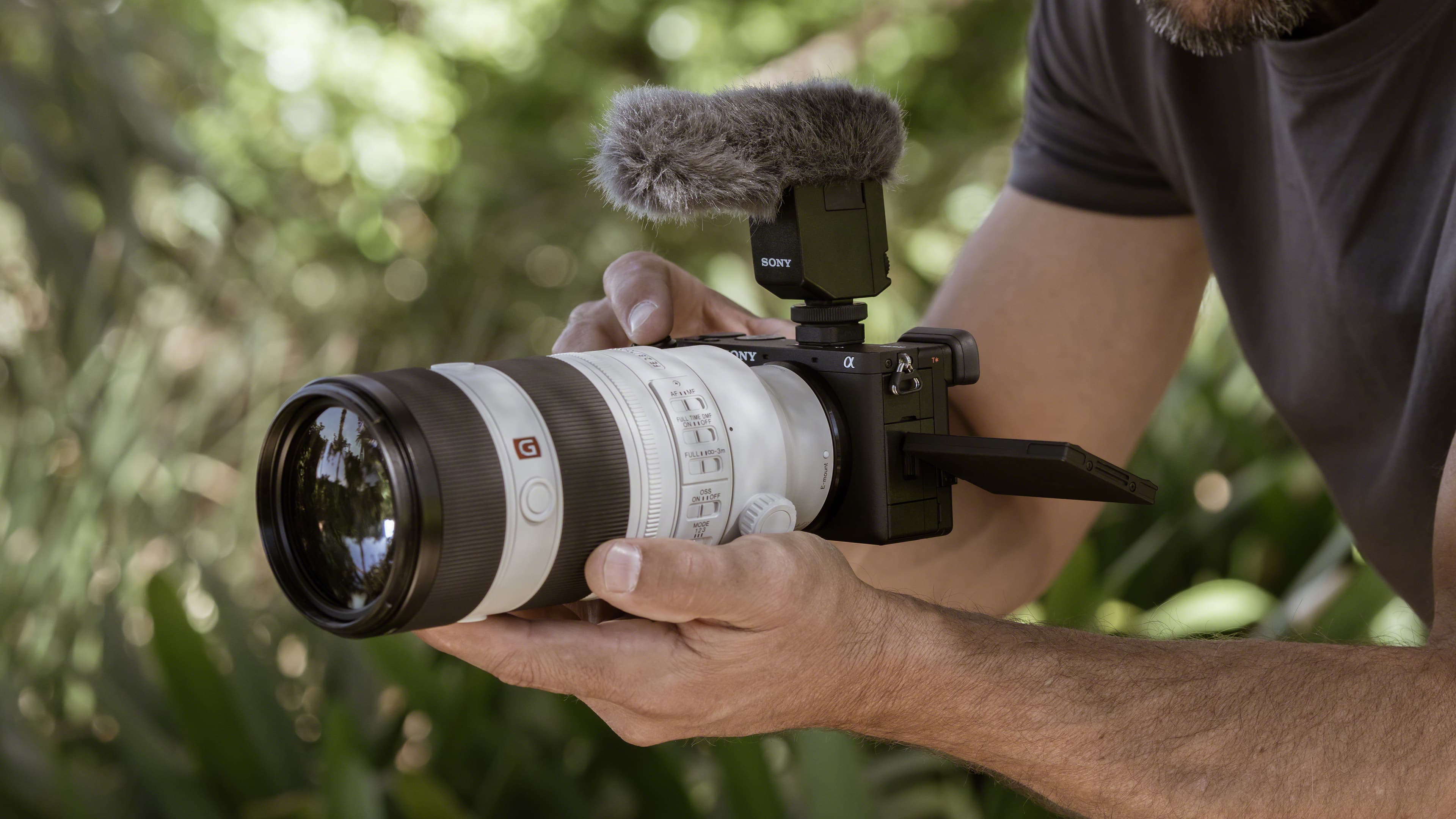
• Sony A6700: 4K 30/60p from 6K oversampling, up to 120p (QFHD (3840×2160. About 38% of the angle of view is cropped), 4:2:2 10-bit internal recording, 14+ stops dynamic range (S-Log3), S-Cinetone picture profile, AI-driven Auto-Framing (angle of view is narrowed)
• Sony A6600: 4K 30p from 6K oversampling, 1920 x 1080 120p, 4:2:0 8-bit internal, 4:2:2 8-bit via HDMI, 14+ stops dynamic range (S-Log3)
This is where the A6700 absolutely monsters the A6600, raising the bar for video capture by a considerable margin. The key takeaways are that it can capture 4K 60p oversampled video and 4K 120p if you can cope with a big crop factor – and this is way beyond what the A6600 and its 4K 30p video can do.
What's more, the A6700 can capture 4:2:2 1-0-bit video internally while the A6600 is stuck at 4:2:0 8-bit. This becomes significant if you use Sony S-Log2 or S-Log3 profiles, for which 10-bit capture is ideal and 8-bit capture is not as good.
Having said that, if you're happy with 4K 30p ungraded video, then the A6600 will do the job fine. It's only if you want to shoot at higher frame rates and greater bit depths for more video editing control later that the A6700 has a clear advantage.
5. Stabilization
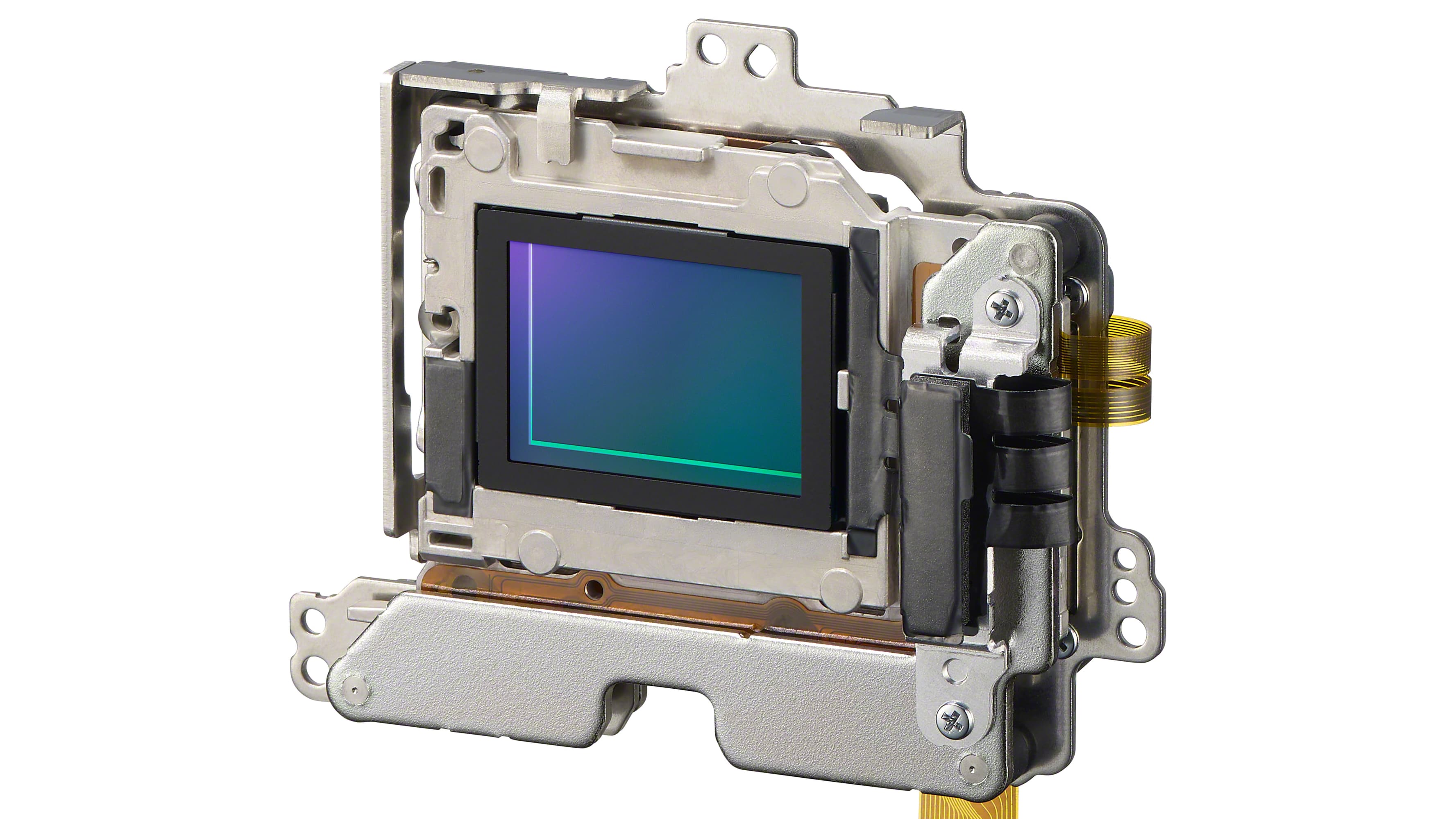
• Sony A6700: 5-axis IBIS, 5 stops, Active Mode for video (angle of view is slightly narrower.)
• Sony A6600: 5-axis IBIS, 5 stops
These cameras appear to use the same physical IBIS (in-body stabilization) system with 5-axis stabilization and up to 5 stops of shake compensation. The Sony A6700 does have Sony's latest Active Mode stabilization, which is extremely effective, though it does come with a noticeable crop factor.
With Active Stabilization enabled, the A6700 should produce smoother handheld vlogging footage than the A6600, though neither camera is likely to replace a tripod or a gimbal.
6. Continuous shooting
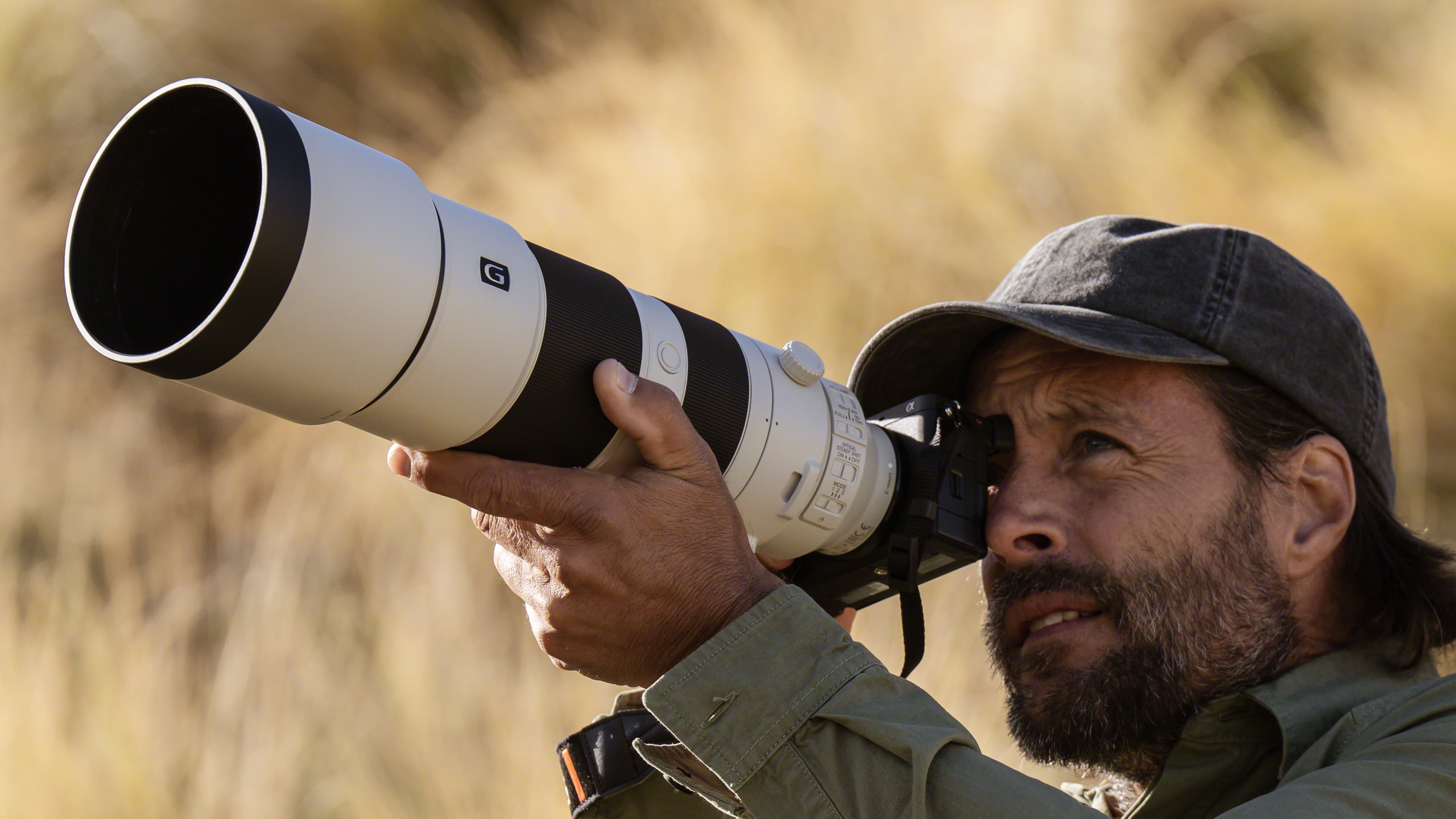
• Sony A6700: 11fps, JPEG Fine 1000+ frames, raw 59 frames
• Sony A6600: 11fps, JPEG Fine 115 frames, raw 49 frames
It looks like the A6700 and A6600 have a lot in common in terms of physical design, as both can shoot at 11fps with the mechanical shutter. The A6700 does, however, have a much better buffer depth, perhaps as a result of its superior BIONZ XR processor and faster UHS II memory card slot.
Neither camera is exactly a sports specialist by today's standards, and there's not even a huge difference in the buffer capacity when shooting raw files. But if you shoot a lot of action and sports and you don't mind JPEGs rather than raw files, the newer A6700 will keep shooting at full speed for a whole lot longer.
7. Viewfinder and screen
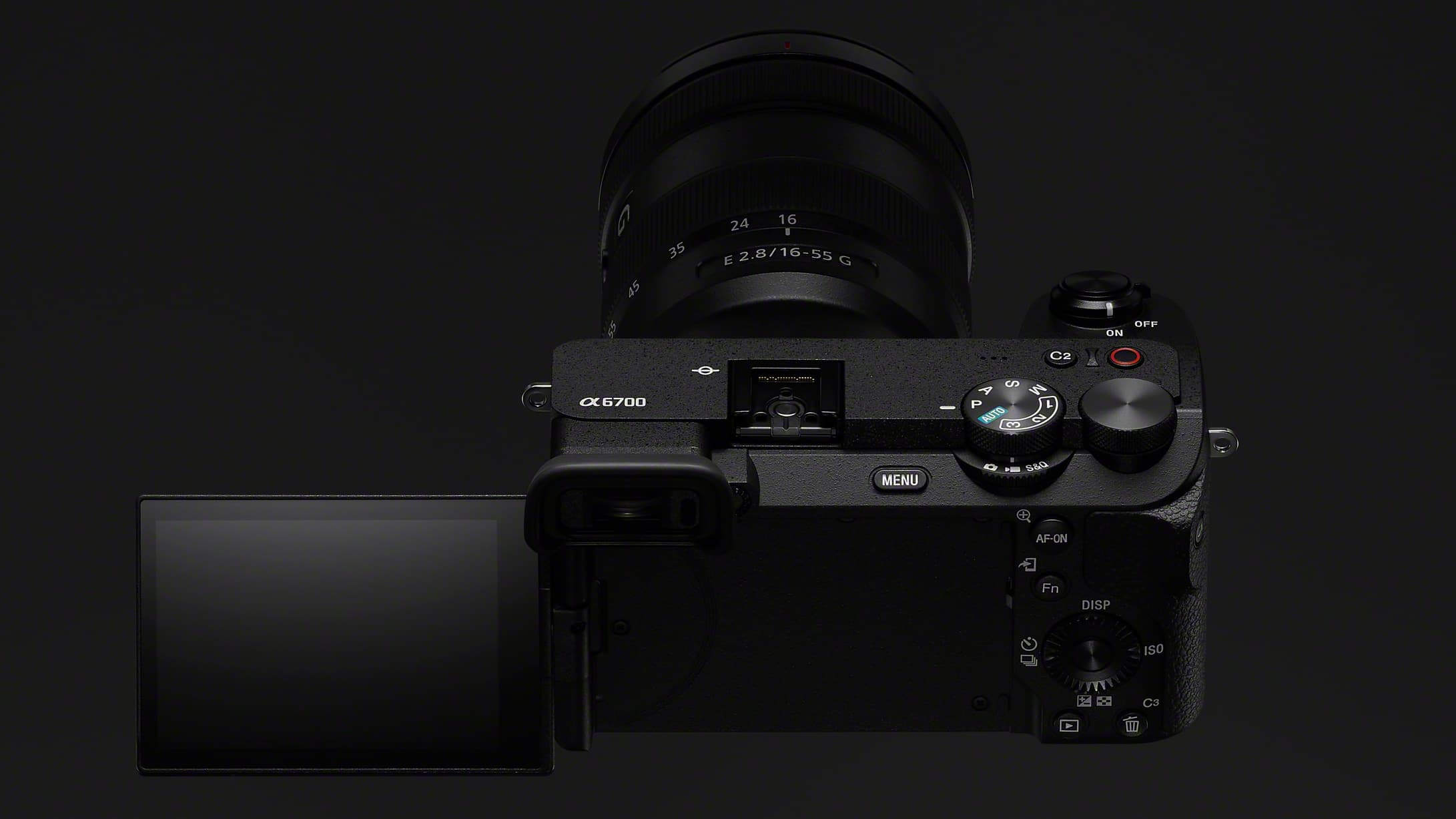
• Sony A6700: 0.39-inch, 2,359k dots, 1.07x magnification, 3-inch vari-angle touchscreen, 1,036k dots
• Sony A6600: 0.39-inch, 2,359k dots, 1.07x magnification, 3-inch tilting screen, 921k dots
Sony never seems to try very hard with its EVFs and rear screens, at least with its mid-range cameras. The A6700's 2.359k dot EVF appears identical to the one in the A6600, and neither are particularly exceptional for APS-C cameras in this price bracket.
The A6700 does at least offer a vari-angle rear screen instead of the tilting screen on the A6600. This is a clear advantage, though the slightly increased 1,036-dot resolution of Sony's brand new camera is only a small gain.
8. Storage
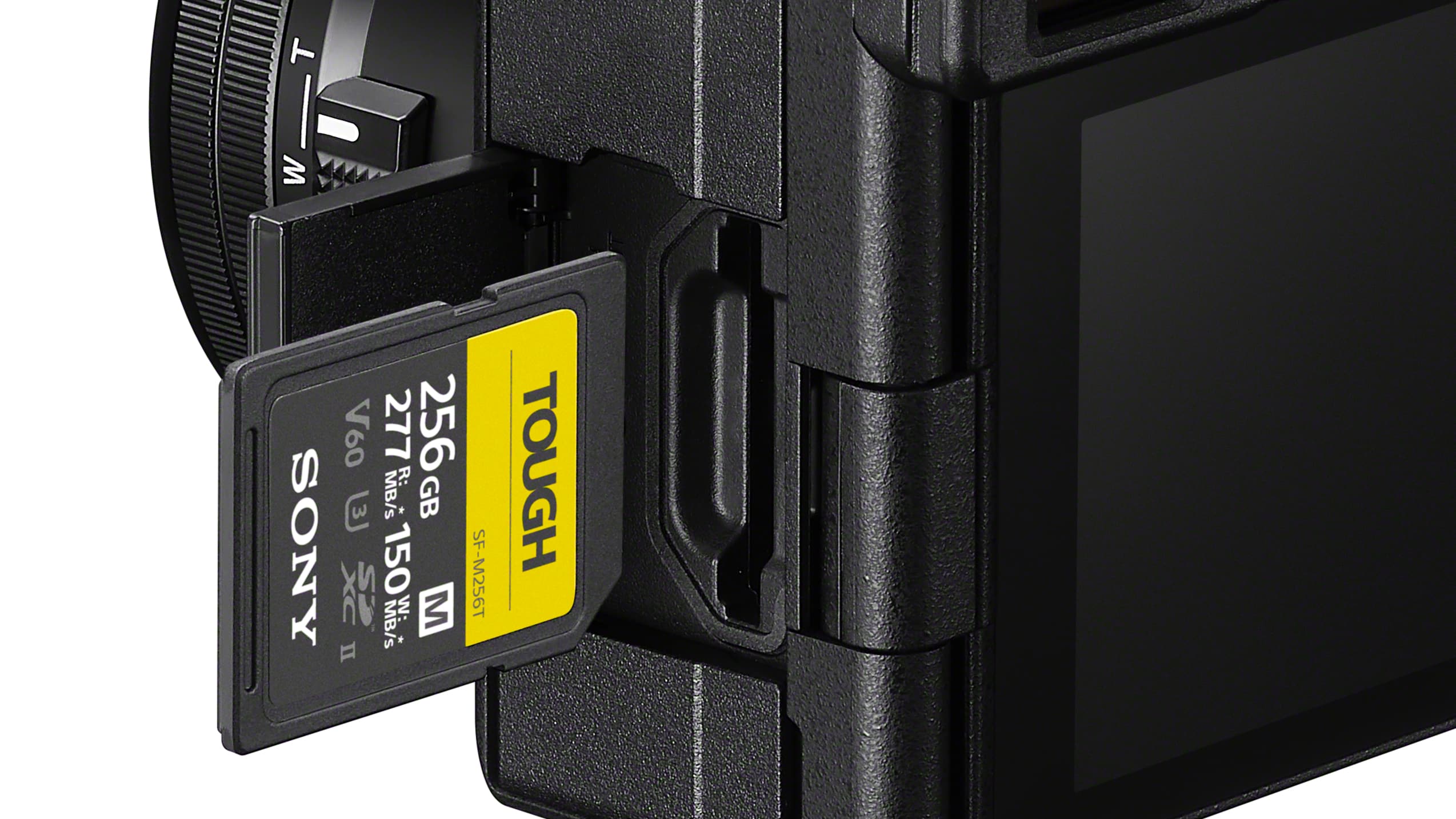
• Sony A6700: 1x SD, UHS II
• Sony A6600: 1x Memory Stick Pro Duo/SD UHS I
It might seem like a small point, but the single card slot (disappointing, maybe) in the A6700 is UHS II compatible, while the card slot in the A6600 is UHS I. This, together with the A6700's increased processing power, goes a long way to explaining the new camera's improved video capabilities and expanded buffer depth for continuous shooting.
9. Power
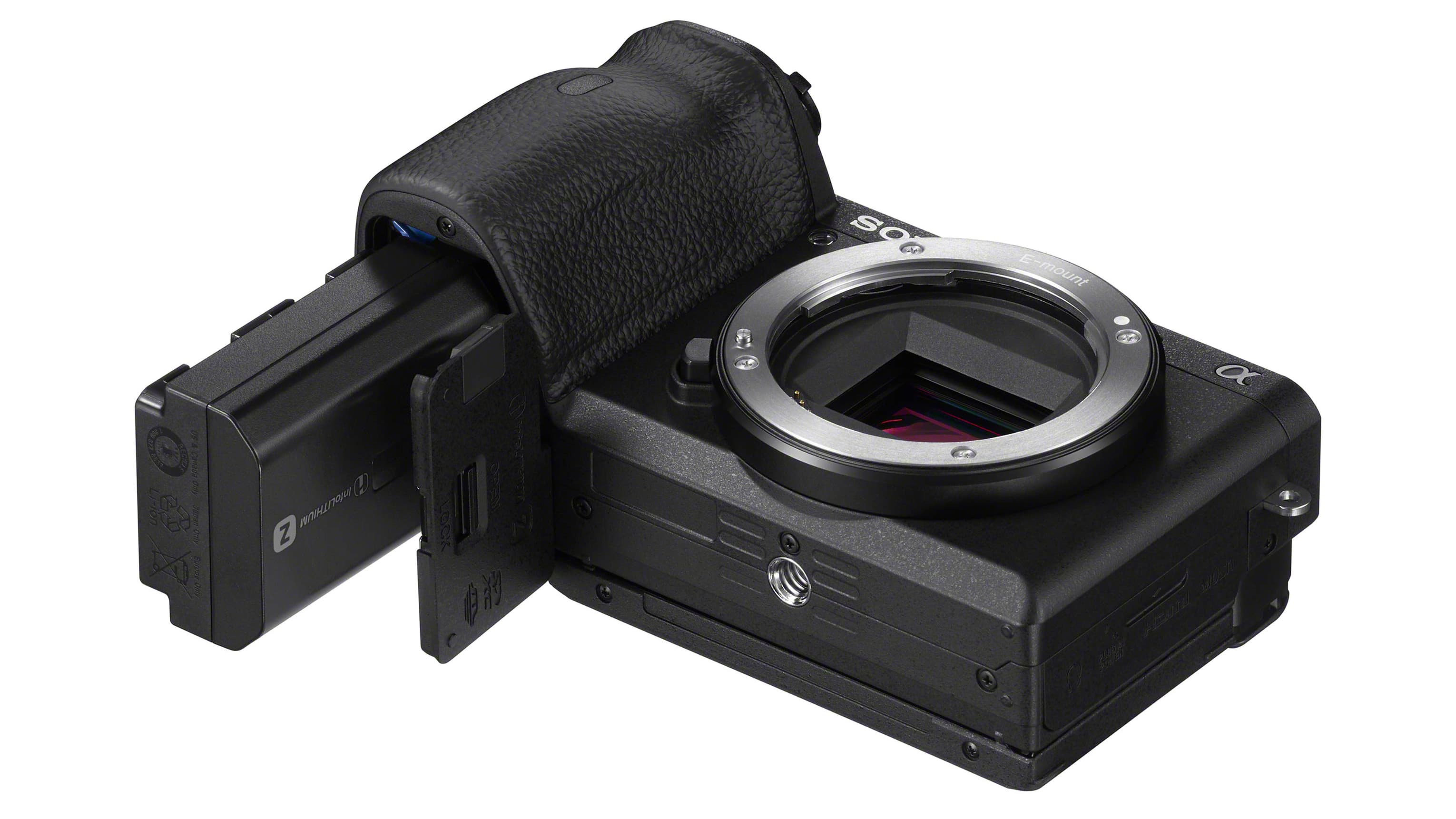
• Sony A6700: NP-FZ100, Approx. 550 shots (Viewfinder) / Approx. 570 shots (LCD monitor) (CIPA standard), USB PD Type C PD
• Sony A6600: NP-FZ100, Approx. 720 shots (Viewfinder) / Approx. 810 shots (LCD monitor) (CIPA standard)
Interestingly, the Sony A6600 and A6700 share the same high-capacity NP-FZ100 battery. Even more interesting is that its life expectancy in the newer A6700 is a lot lower. According to the official CIPA test figures, the newer Sony A6700 will capture far fewer images on a single charge than the camera it replaces. 550-570 shots is still very good for a mirrorless camera of this size, but instead of reducing power consumption, the new A6700 seems to increase it.
10. Connectivity
• Sony A6700: Multi-Interface (MI) Shoe, USB Type C, HDMI micro connector (Type-D), 3.5mm mic, 3.5mm headphone, Remote, Wi-Fi, Bluetooth
• Sony A6600: Micro USB, HDMI micro connector (Type-D), 3.5mm mic, 3.5mm headphone, Remote, NFC, Wi-Fi, Bluetooth
The key differences between these two cameras boil down to the digital MI interface of the A6700 – which is compatible with Sony's new ECM-M1 digital mic – and the lack of NFC on the new camera.
We suspect no-one is likely to mourn the loss of NFC (did anyone use this?) and it's possible most videographers will still prefer an analog mic plugged into the 3.5mm jack to Sony's digital interface and bespoke digital mics.
What is interesting is that Sony has stuck with a Type-D HDMI micro connector for the new A6700. This is a more fiddly and less secure connection than full size HDMI, and it's likely serious videographers who use external recorders will find both cameras annoying in this respect.
11. Size and weight

• Sony A6700: 122.0 x 69.0 x 75.1 mm, 409g
• Sony A6600: 120.0mm x 66.9mm x 69.3mm, 503g
The A6700 is a lot lighter than the old A6600, that's for sure. However, neither camera is particularly heavy, and any weight difference will be hard to detect once you fit a premium optic. They do have a different feel in the hand – the A6700 uses recycled plastics – but the physical dimensions are so close that both are likely to fit in the same compartments in your camera bag.
12. Price
• Sony A6700: $1398/£1449 body only, $1498/£1549 with 16-50mm, $1798/£1799 with 18-135mm
• Sony A6600: $998/£1249 body only, $1398/£1675 with 18-135mm
The current price differential between the Sony A6600 and A6700 is actually a little misleading because until the A6700 came out, the A6600 was at least as expensive. Right now, the A6600 is certainly considerably cheaper, but then it's an older camera that's less capable, all round, though not in all respects.
Sony A6700 vs A6600: conclusions

There are two, possibly three areas where the new A6700 has a considerable advantage over the older A6600: video, autofocus and burst shooting. The A6700 is clearly better in all three respects, but these won't be equally important to everyone. As a stills/video hybrid, the A6700 is extremely effective, but if your main interest is stills then the A6600 is practically as good and much cheaper, while if your main interest is video then the Sony FX30 is likely to be more appealing than the A6700.
The A6700 is definitely better than the A6600, but at a price, and in ways that may not be important to you. The key advantage of the A6700 is as a hybrid stills/video shooter. As a stills camera it's really not advanced all that far.
See also Sony A6000 vs A6100 vs A6300 vs A6400 vs A6500 vs A6600
and Sony A7C vs A6600
Get the Digital Camera World Newsletter
The best camera deals, reviews, product advice, and unmissable photography news, direct to your inbox!

Rod is an independent photography journalist and editor, and a long-standing Digital Camera World contributor, having previously worked as DCW's Group Reviews editor. Before that he has been technique editor on N-Photo, Head of Testing for the photography division and Camera Channel editor on TechRadar, as well as contributing to many other publications. He has been writing about photography technique, photo editing and digital cameras since they first appeared, and before that began his career writing about film photography. He has used and reviewed practically every interchangeable lens camera launched in the past 20 years, from entry-level DSLRs to medium format cameras, together with lenses, tripods, gimbals, light meters, camera bags and more. Rod has his own camera gear blog at fotovolo.com but also writes about photo-editing applications and techniques at lifeafterphotoshop.com
